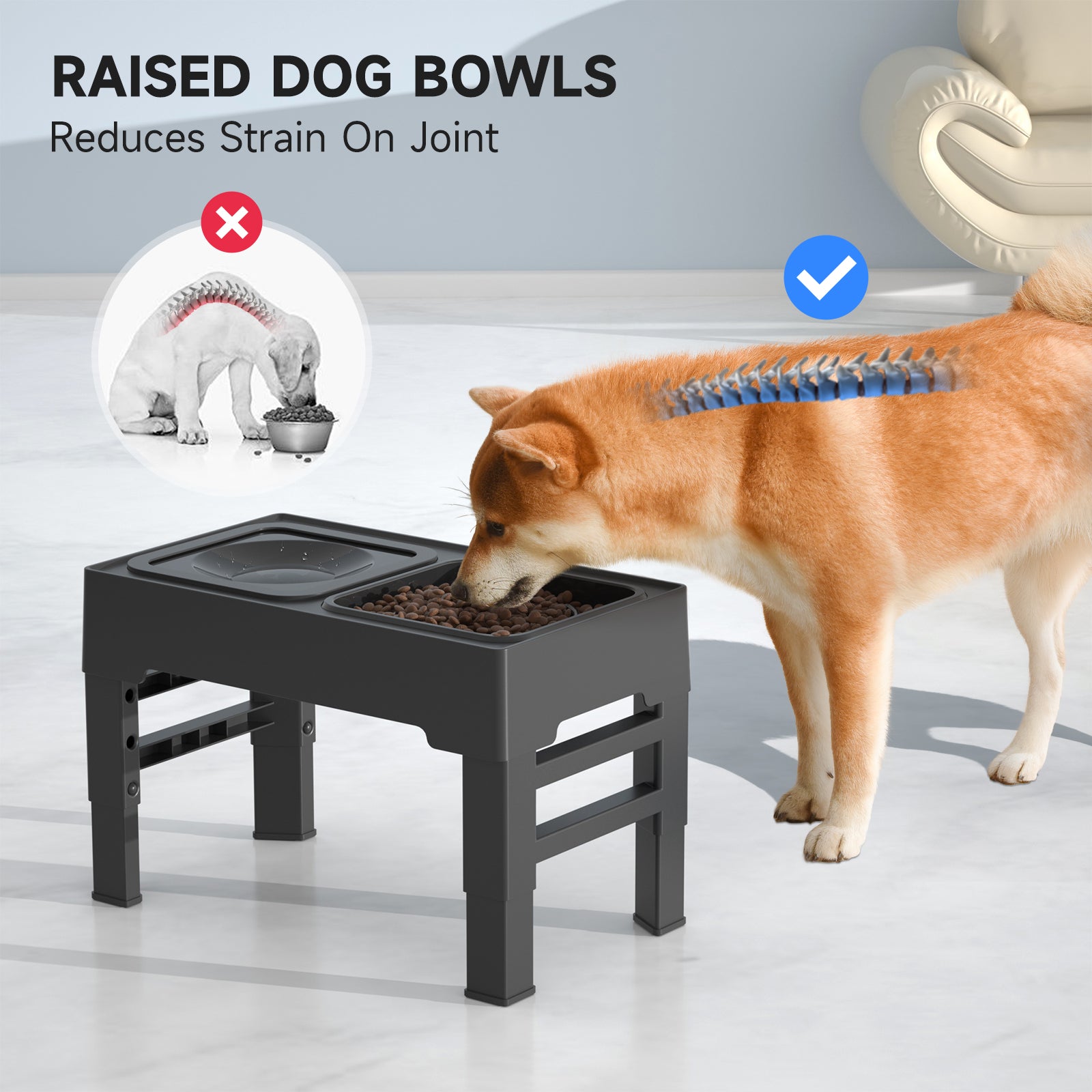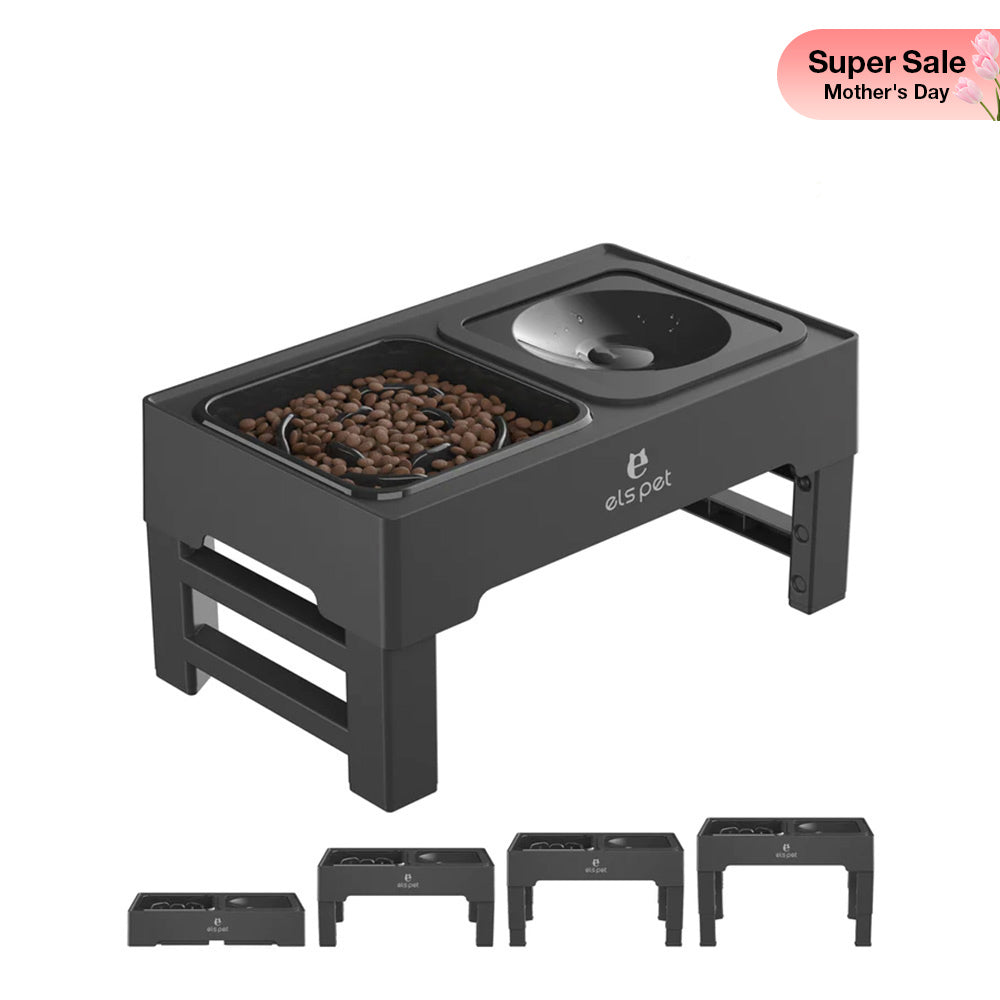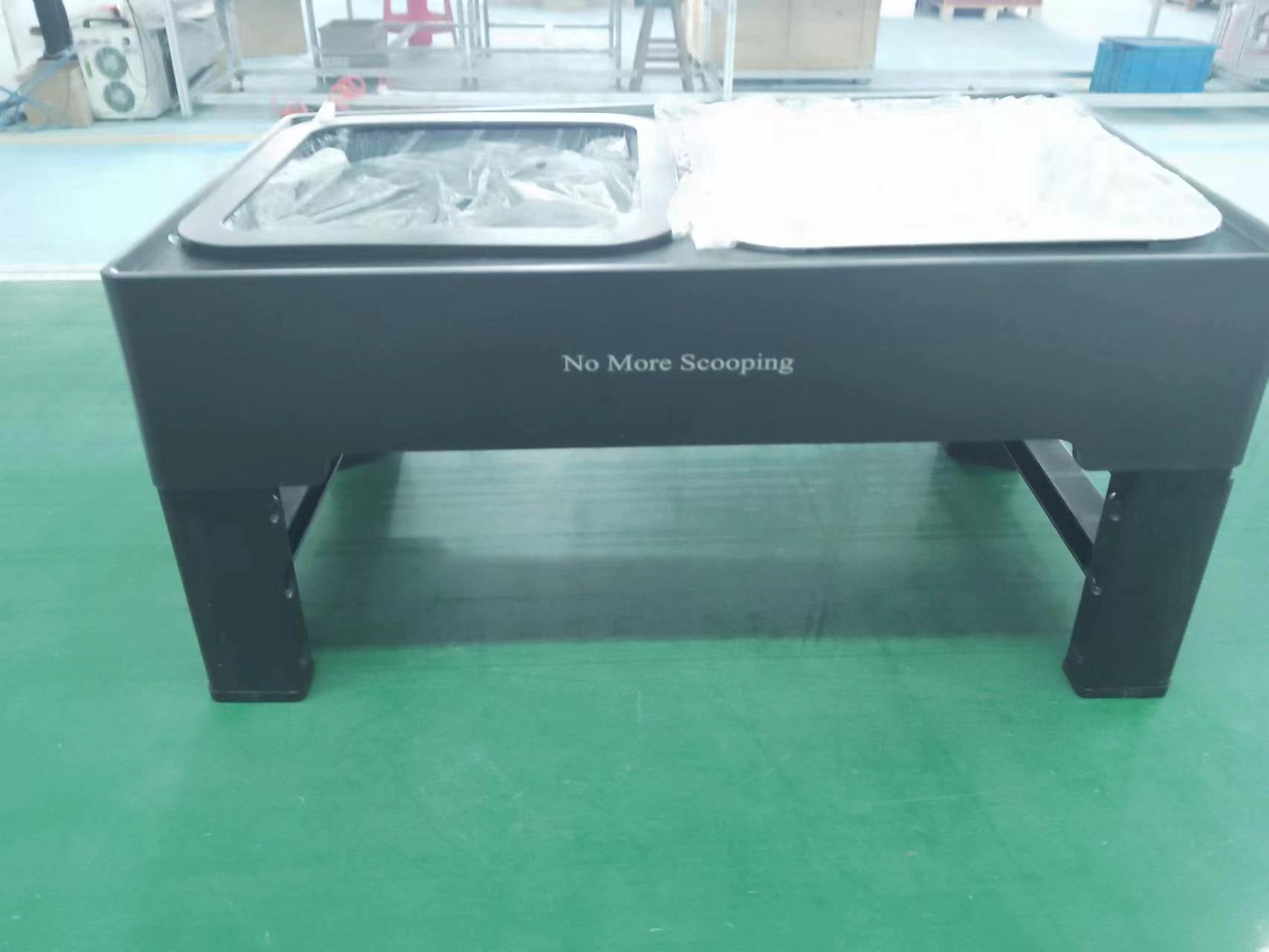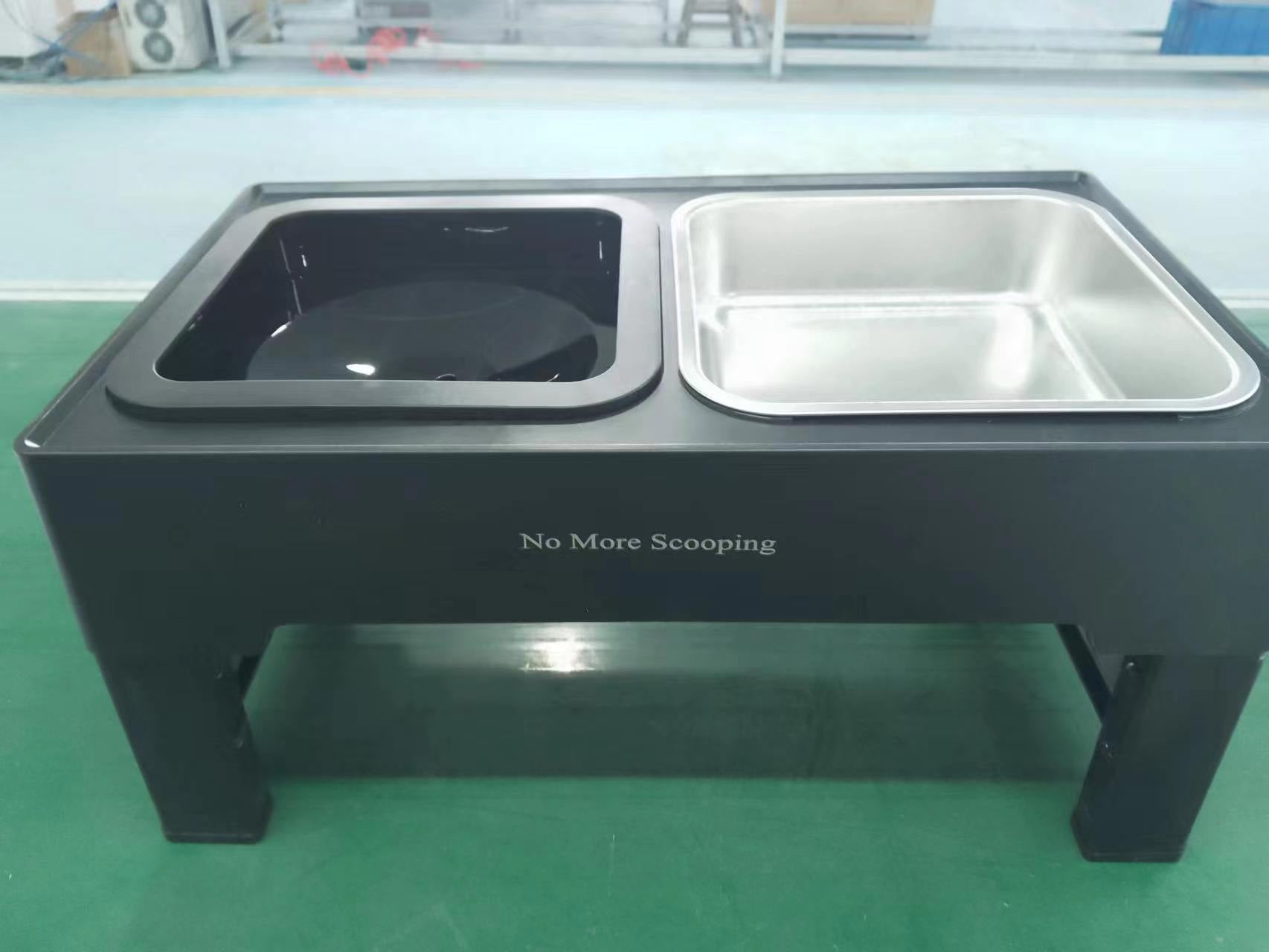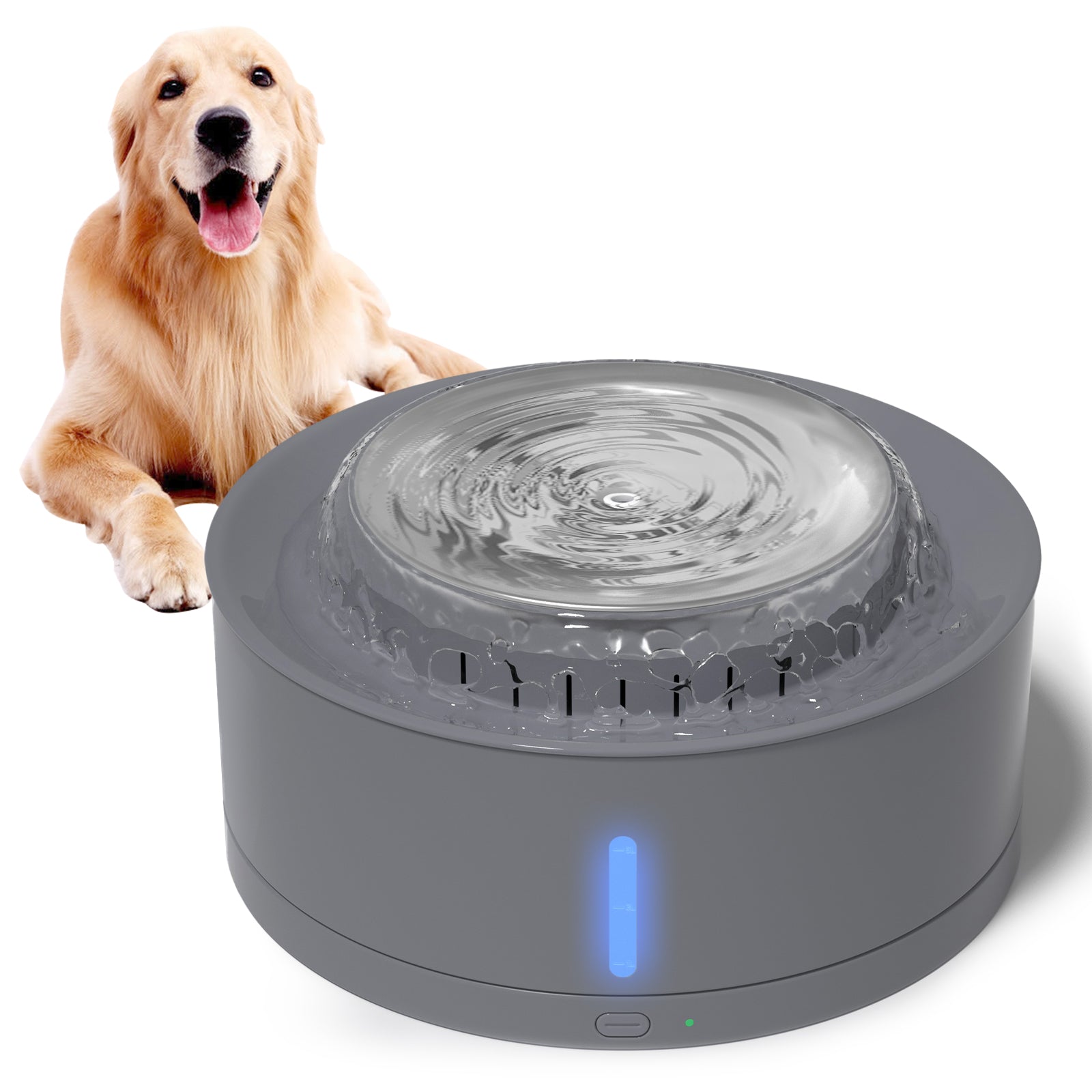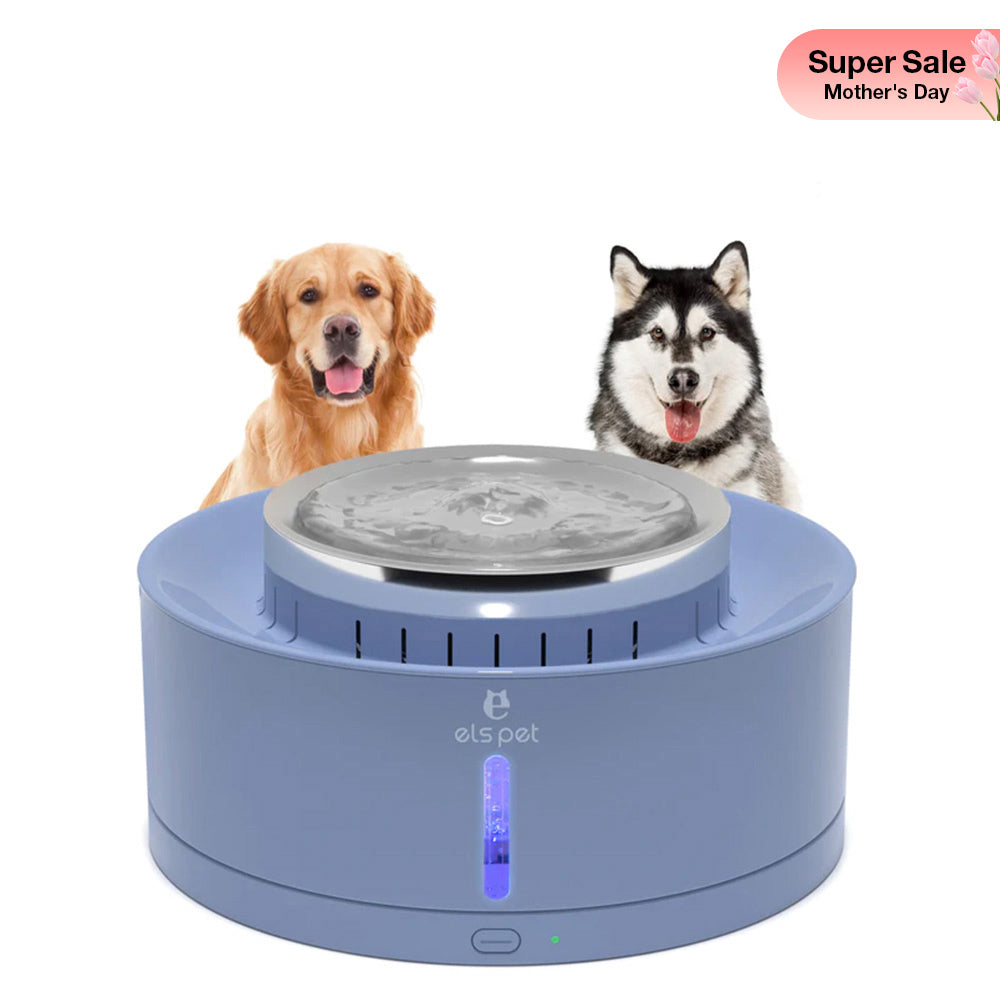Have you ever wondered what it would be like if your cat could clean its own litter box? While we haven't yet taught our feline friends how to wield a scoop, technology has advanced to the point where the litter box can clean itself. That's right, self-cleaning litter boxes have arrived, ready to make life easier for cats and their human companions.
Common Litter Box Problems in Multi-Cat Households
Managing litter boxes in households with multiple cats often leads to complex challenges. Below, we detail the issues, their direct causes, the consequential health risks, and reference studies and expert opinions to underscore the significance of effective management.
Territorial Stress and Resulting Behavioral Disorders
Cats are inherently territorial, and shared litter boxes can lead to increased stress and anxiety, manifesting in several behavioral issues.
- Urinary Marking: Stressed cats often spray urine to mark territory, leading to unsanitary conditions and persistent odor issues. According to a study published in the Journal of Veterinary Behavior, stress is a major factor in triggering marking behaviors in cats.
- Stress-Induced Ailments: Chronic stress can lead to feline idiopathic cystitis, which is a common urinary tract disorder among domestic cats, as detailed in research from the American Veterinary Medical Association.
Sanitation Failures and Associated Health Risks
Inadequate cleaning of litter boxes can cause serious sanitation issues, severely affecting feline health.
- Bacterial Overgrowth: Dirty litter boxes can become breeding grounds for harmful bacteria, leading to infections. Research indicates that bacteria such as E. coli can proliferate in poorly maintained litter environments, potentially leading to urinary tract infections (UTIs).
- Parasitic Infestations: Toxoplasmosis, a disease caused by the parasite Toxoplasma gondii, can be contracted from contaminated litter boxes. This is particularly dangerous for pregnant cats and can lead to significant health issues in kittens, as noted by the Centers for Disease Control and Prevention (CDC).
Overcrowded Litter Boxes and Compounded Stress
Too few litter boxes can lead to overcrowding, increasing stress and complicating cleanliness.
- Increased Disease Incidence: Conditions such as Feline Lower Urinary Tract Disease (FLUTD) are prevalent in stressful, unhygienic conditions, according to The Journal of Feline Medicine and Surgery.
- Behavioral Avoidance: Cats may avoid using an overcrowded litter box and eliminate in inappropriate areas, a behavior documented by feline behavior experts like Pam Johnson-Bennett.
Inadequate Litter Box Setup and Environmental Stressors
Poorly placed or insufficiently sized litter boxes can increase stress, negatively impacting cat health.
- Environmental Stress-Induced Illnesses: Chronic stress can weaken a cat’s immune system, making them susceptible to viral infections such as calicivirus or herpesvirus, as discussed in studies from the Cornell Feline Health Center.
- Litter Box Aversion: Negative experiences can lead to a long-term aversion to using any litter box, compounding inappropriate elimination behaviors, a significant issue noted by experts in feline psychology.
Solutions for Multi-Cat Households
When managing a home with multiple cats, effectively addressing litter box issues can significantly improve the living environment for both cats and their owners. Here are practical solutions tailored to the problems previously discussed:
Optimal Litter Box Placement and Management
- Adequate Number of Litter Boxes: Follow the recommended ratio of one litter box per cat plus one extra to prevent competition and reduce stress. This is vital in multi-cat households to ensure that every cat has access to a clean litter box without intrusion.
- Strategic Litter Box Placement: Place litter boxes in different areas of the house to give cats more options and privacy. Ensure that these areas are quiet, accessible, and free from high traffic to decrease stress and encourage usage.
Enhanced Litter Box Maintenance
- Frequent Cleaning: Clean litter boxes at least twice daily to keep them free from waste and odors. Use clumping litter to simplify the removal of waste and keep the remaining litter fresh.
- Regular Replacement and Disinfection: Fully replace and disinfect litter boxes monthly to prevent the buildup of bacteria and parasites, reducing the risk of diseases such as toxoplasmosis and bacterial infections.
Stress Reduction Techniques
- Environmental Enrichment: Provide multiple hiding spots, perches, and interactive toys to reduce stress and promote physical activity. This can divert attention from territorial disputes over litter boxes.
- Behavioral Interventions: Implement Feliway diffusers or calming collars that release pheromones to reduce anxiety and improve the interactions among cats. These are often recommended by veterinarians for multi-cat households.
Adoption of Technological Solutions
- Self-Cleaning Litter Boxes: Invest in high-quality self-cleaning litter boxes that can handle the high demand of multiple cats. These boxes automatically clean themselves after each use, ensuring that the litter remains fresh and significantly reducing the workload for pet owners.
- Health Monitoring Litter Boxes: Some modern litter boxes come equipped with health monitoring features that track usage and detect abnormalities in waste. This technology can be crucial for early detection of health issues, particularly in environments where close monitoring of multiple cats may be challenging.
Regular Veterinary Care and Observations
- Regular Health Checks: Schedule regular veterinary visits to monitor the health of all cats, especially if behavioral changes or signs of stress are observed. Early detection of stress-related diseases can prevent more serious complications.
- Education on Feline Behavior: Owners should educate themselves about the signs of stress and illness in cats to quickly address any issues related to litter box use. Resources such as veterinary blogs, books, and behaviorist sessions can be invaluable.
Why Choose a Self-Cleaning Litter Box in Multi-Cat Households?
In households juggling the needs of multiple cats, managing litter box cleanliness can be a daunting daily task. Self-cleaning litter boxes emerge as an invaluable solution, automating much of the labor involved and significantly enhancing the quality of life for both cats and their owners. Here’s why investing in a self-cleaning litter box could be a game-changer for your multi-cat household:
- Time Efficiency: With self-cleaning litter boxes, the days of manual scooping are behind you. These boxes are designed to automatically remove waste and maintain cleanliness without daily human intervention. This frees up time for pet owners to enjoy with their pets or on other activities, rather than dealing with litter box maintenance.
- Enhanced Hygiene and Health: Automatic litter boxes reduce the chances of waste buildup and minimize the spread of pathogens. By maintaining a consistently clean environment, these litter boxes help lower the risk of health issues related to poor litter box conditions, such as urinary tract infections and other stress-related ailments common in multi-cat homes.
- Odor Control: One of the major benefits of self-cleaning litter boxes is their superior odor control. These systems often include filters and waste compartments that seal off odor, keeping your home smelling fresh. For multi-cat households, this means an environment that remains pleasant and welcoming, despite the higher demand on litter boxes.
- Reduced Litter Use and Cost-Effectiveness: Self-cleaning litter boxes are designed to use litter more efficiently. By automatically removing waste and leaving clean litter untouched, they significantly reduce the amount of litter that needs to be replaced. Over time, this can lead to cost savings, as the litter lasts longer, and the need for frequent replacements diminishes.
- Environmental Benefits: With efficient waste separation and reduced litter usage, self-cleaning litter boxes contribute to a smaller environmental footprint. By optimizing litter use and reducing the amount of waste generated, these boxes help keep unnecessary waste out of landfills.
- Convenience and Peace of Mind: For pet owners, the convenience of knowing that the litter box is always clean and ready for use cannot be overstated. This is especially critical in households with multiple cats, where monitoring and maintaining several litter boxes can be overwhelming. Self-cleaning litter boxes automate this aspect of pet care, allowing for better management of your pets' health and well-being.
The "Els Pet" Self-Cleaning Litter Box: Tailored for Multi-Cat Homes
When considering the best self-cleaning litter box for multi-cat households, the "Els Pet" Self-Cleaning Litter Box stands out as the premier choice. Here’s why it’s ideally suited for homes with multiple feline friends:
- Advanced Cleaning Technology: The "Els Pet" litter box features cutting-edge cleaning technology designed to handle the increased demands of multiple cats. With an efficient, automatic sifting system, it ensures that waste is quickly separated and contained without manual intervention. This keeps the litter box fresh and ready for the next use almost instantly, crucial for households where several cats need to share litter resources.
- Superior Odor Management: Equipped with a sophisticated odor control system, the "Els Pet" litter box locks away odors and maintains a pleasant home environment. This system is especially effective in multi-cat households, where the challenge of odor control is greater due to the higher frequency of litter box use.
- Customizable Settings for Multiple Users: Understanding that each cat may have different preferences and schedules, the "Els Pet" litter box offers customizable settings to suit individual needs. Whether it's adjusting the cleaning delay or setting preferences for multiple cats, this litter box can be tailored to match the unique dynamics of your pet family.
- Durability and Reliability: Designed to withstand the wear and tear of use by multiple cats, the "Els Pet" litter box is built from high-quality materials that ensure longevity and reliability. This makes it a cost-effective solution in the long run, minimizing the need for frequent replacements.
- Health Monitoring Features: An added benefit of the "Els Pet" litter box is its health monitoring capabilities. This feature tracks usage and alerts owners to any unusual patterns that might indicate health issues among the cats. For multi-cat households, this is a vital feature that helps monitor the well-being of each cat, ensuring that any potential health issues are addressed promptly.
Choosing the best litter box for multiple cats involves considering the unique dynamics and needs of your feline family. By selecting a litter box that offers size, accessibility, automatic cleaning, and excellent odor control, you can greatly enhance the harmony and hygiene of your multi-cat household. Remember, the right litter box setup can help prevent behavioral issues, reduce stress for your cats, and make your life as a pet owner much easier and more enjoyable.






